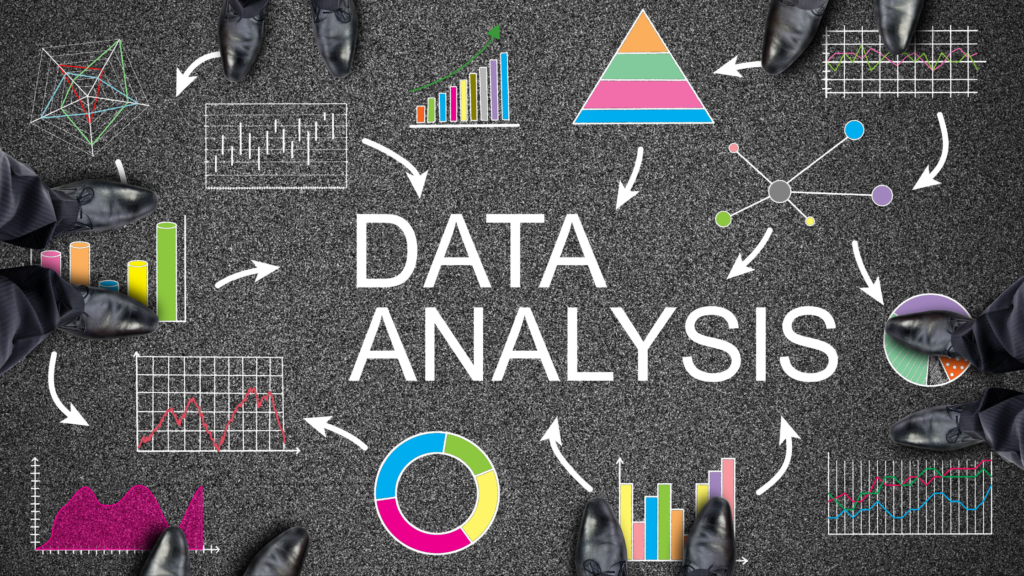Table of Contents
Deep Learning Simplified
We will explore the core, applications and advantages of Deep Learning in this edition. It is a game-changer in artificial intelligence (AI) and machine learning (ML), mimicking how the human brain processes information. By utilizing artificial neural networks with multiple layers, It enables machines to analyze extensive data and perform advanced tasks like identifying objects in images, understanding language, and making smart decisions.
The term “deep” refers to the many hidden layers in these networks. Each layer extracts higher-level features, enabling the model to recognize complex patterns—like distinguishing a cat from a dog or analyzing emotions in text.
Learning Without Limits
Deep learning models don’t depend on predefined rules. Instead, they learn directly from examples, which allows them to adapt to new and unseen data effectively. With large datasets, these models refine their understanding, making them exceptionally versatile and capable of handling tasks ranging from self-driving cars to language translation. It isn’t just about mimicking human intelligence; it’s about surpassing it in speed, accuracy, and scalability, unlocking possibilities that once seemed impossible.
While deep learning is incredibly powerful, it’s not always the best fit. For smaller datasets or tasks where transparency is crucial, simpler methods like ARIMA or traditional machine learning may suffice. On the other hand, it thrives when tackling complex challenges with vast, unstructured data—such as images, text, or audio.
Neural Networks: The Backbone of Deep Learning
It’s power comes from neural networks modeled after the human brain. These networks consist of layers of interconnected nodes, or “neurons,” that process data step-by-step:
- Input Layer: Accepts raw data, such as an image or a sentence.
- Hidden Layers: Transforms and analyzes the data through complex operations.
- Output Layer: Delivers predictions or decisions, such as identifying a cat in a picture or translating a phrase.
Applications of Deep Learning
Deep learning has revolutionized technology across industries by making intelligent systems smarter and more efficient. Let’s explore its transformative applications:
- Computer Vision: Imagine teaching computers to see and understand the world like humans. Deep learning enables facial recognition, object detection, and even powers the technology behind autonomous vehicles, ensuring safer and smarter navigation.
- Natural Language Processing (NLP): Did you ever chat with a virtual assistant or translated text instantly? That’s deep learning at work! It powers chatbots, enhances language translation, and even helps analyze sentiments in texts, making communication seamless and more intuitive.
- Healthcare: Deep learning is a game-changer in medicine. From diagnosing diseases to analyzing medical images like X-rays and MRIs, it’s helping doctors make faster and more accurate decisions. Predicting patient outcomes is another area where it’s saving lives.
- Speech Recognition: Voice assistants like Siri or Alexa owe their efficiency to deep learning. By converting speech into text and understanding human intent, they’re transforming the way we interact with devices and perform tasks hands-free.
- Finance: In the financial world, it is a powerhouse. It detects fraudulent transactions in real-time and drives algorithmic trading by analyzing market patterns faster and more accurately than any human could.
- Agriculture: Farmers are now turning to technology to improve yields. It uses image analysis to monitor crop health, detect diseases early, and predict harvest outcomes, ensuring efficient and sustainable farming practices.
By bridging the gap between human-like intelligence and machine capabilities, it continues to open doors to unprecedented possibilities across diverse fields.
Advantages of Deep Learning
- High Accuracy: Deep learning often outperforms traditional machine learning methods in complex tasks by identifying intricate patterns in data.
- Feature Extraction Automation: Unlike traditional methods that require manual feature engineering, deep learning automates this process, saving time and effort.
- Unstructured Data Processing: Deep learning shines when working with unstructured data like images, audio, or text, making it versatile across domains.
Comparing Deep Learning and Traditional Machine Learning
While deep learning is a subset of machine learning, they differ significantly in approach and application. Here’s a breakdown:
Algorithms and Architecture
- Traditional ML: Relies on simpler algorithms like decision trees or linear regression and often requires manual feature extraction.
- Deep Learning: Utilizes complex neural networks with automated feature learning, making it ideal for high-dimensional data.
Data Requirements
- Traditional ML: Performs well with smaller datasets.
- Deep Learning: Requires vast datasets to learn intricate patterns effectively.
Computational Demands
- Traditional ML: Can run efficiently on standard hardware.
- Deep Learning: Needs high computational power, often requiring GPUs.
Applications
- Traditional ML: Best for structured data and simpler tasks like sales forecasting.
- Deep Learning: Excels with unstructured data and tasks like image or speech recognition.
Conclusion
Deep learning represents a monumental leap in AI by mimicking human thought processes to solve complex problems. Its ability to process massive datasets and automate feature extraction has led to advancements in various industries, from healthcare to agriculture. However, the choice between deep learning and traditional machine learning depends on the task’s complexity, the data available, and computational resources.
#DeepLearning #ArtificialIntelligence #MachineLearning #NeuralNetworks #DataScience #AIApplications #TechInnovation #DataScienceDemystifiedDaily
Published on LinkedIn on 11th Dec-2024



